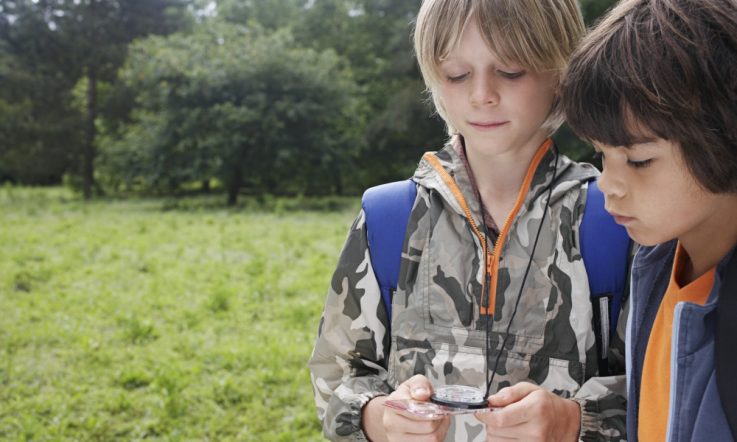As part of ACER's Rolling Summit on assessment reform and innovation, Teacher is following Melbourne's Bialik College on its professional learning journey through a bimonthly series written by the school's Director of Learning and Innovation, Fiona Gordon.
It's that time of the year when we need to seek for space in the timetable to support the scaling up of innovative teaching and learning.
There are many initiatives that a teacher sets in motion and that a class or small group of students are benefitting from in the moment. Some of the most creative learning opportunities for students are small scale.
At Bialik, these opportunities are often nurtured in lunchtime clubs and in informal education environments. If we can allow more students to have access to these rich learning environments, we sustain the change rather than lose it.
By adding pockets of change that link firmly to our vision into the timetabled curriculum, assessment reform can become more widespread in our school.
We need to create space in the timetable to try new ideas. Each year, Bialik sends two teachers to Harvard Graduate School of Education's Project Zero Classroom as Fellows. This year, one staff member went to Futures of Learning, and there she became enthusiastic about the ‘slow learning' initiative.
The usual question is: Where will it fit in the curriculum? How do we support this style of enthusiasm and ensure that we close the idea action gap?
In 2016, Bialik will introduce a new subject - Year 10 Identity and Leadership. This will incorporate a range of new learning experiences that have recently been offered both in and out of the classroom. It will also offer a space to join this slow learning project.
Of course, there are many top-down changes that contribute to our agenda. We are presently incorporating the Victorian Curriculum into our educational vision. Of particular interest to us will be the way the four general capabilities will need to be blended into our curriculum to be explicitly taught and assessed. These are:
- Critical and Creative Thinking;
- Personal and Social;
- Ethical;
- Intercultural.
This offers us an opportunity to scale the small changes we have been developing through Innovation Seed Grants; our Project Zero Classroom Inquiry Projects and wellbeing days.
By opting into trials, we can address our concerns. Handwritten exams at VCE are often cited as a reason not to shift too heavily in the direction of digital technologies. We are looking forward to being involved in the ACARA Collaborative Problem Solving Online Assessment this October with our Year 8 cohort. This online trial will link students from different schools who will work together to assess their critical and creative thinking skills, allowing us to push the boundaries of current assessment models and to see what the future could hold in online assessments.
Other opportunities present themselves from our community. We are embracing new concepts from business start ups, our curriculum reforms.
One example is the Foundation to Year 3 program, Dogs for Life. Through interaction with dogs on a regular basis, students are developing skills related to empathy. The program also articulates the steps to build relationships and experience friendship.
With this series of experiences already in place as part of a wider wellbeing program, we are interested to see how we can track assessment for individuals in the Personal and Social General Capability.
As we seek to develop an education that connects areas of learning to 21st Century needs, Howard Gardner's advice underscores how pivotal it is to allow the old and new to collide and form something new:
‘Looking ahead, there is every reason to believe that we will continue to need an armamentarium of existing disciplines to understand our world and, no doubt, new iterations that emerge.' (Gardner, 2011).
References
Gardner, H. (2011). Truth, Beauty, and Goodness Reframed: Educating for the Virtues in the Twenty-first Century. Basic Books.
How are you linking your school’s vision to the curriculum?
Is there a program you'd like to trial in your class, year group, faculty or school? How will you make space in the timetable? How will you assess the impact on student learning outcomes?



